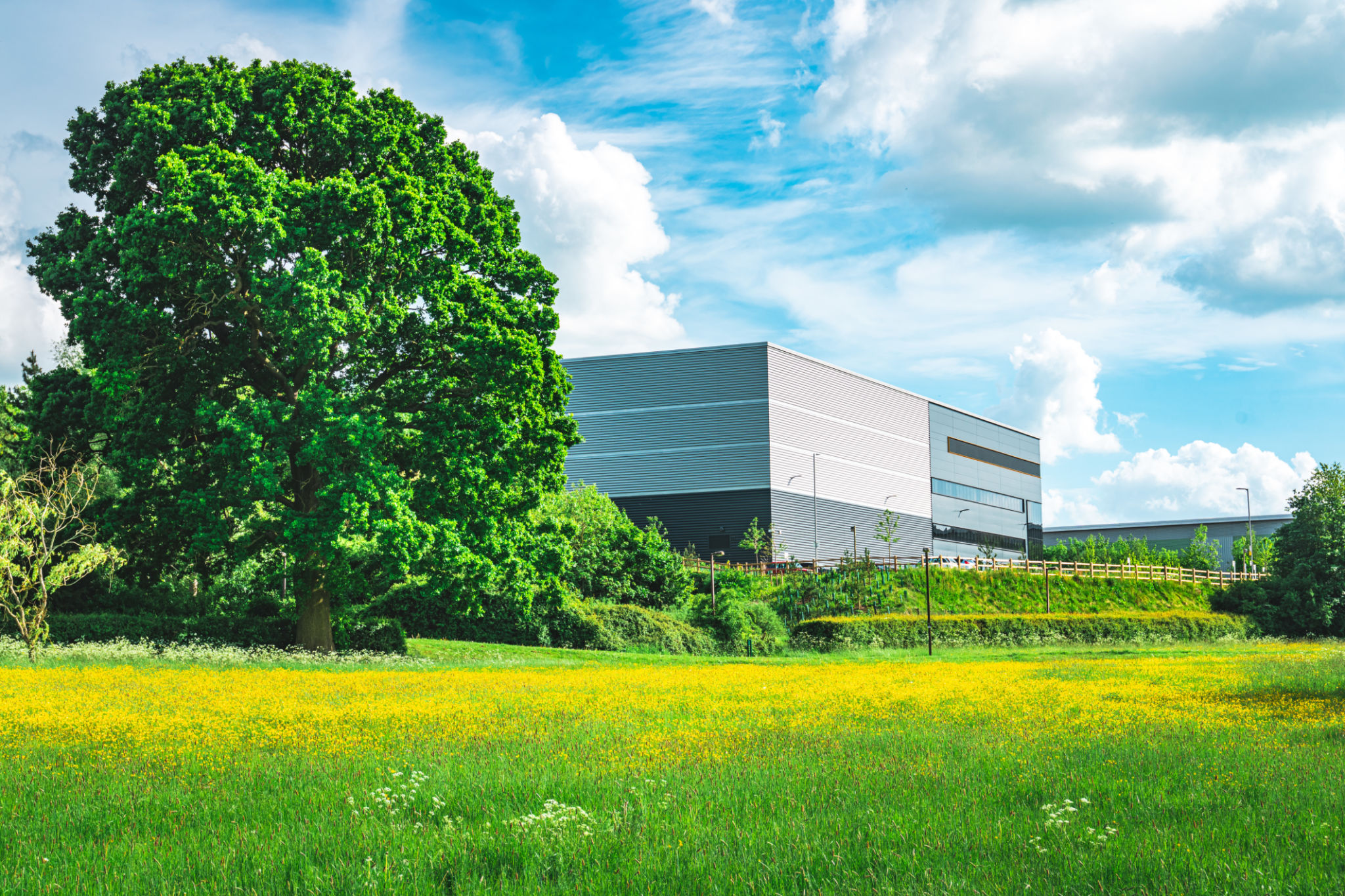Current Sustainable Logistics Practices: A Guide for Eco-Conscious Businesses
Understanding Sustainable Logistics
In today's rapidly evolving business landscape, sustainability has become more than just a buzzword—it's a necessity. Companies are increasingly adopting sustainable logistics practices to minimize their environmental impact and enhance operational efficiency. This guide aims to highlight current sustainable logistics practices that eco-conscious businesses can integrate into their operations.
Sustainable logistics involves optimizing the supply chain to reduce carbon emissions, waste, and overall environmental footprint. By implementing these practices, businesses not only contribute to environmental conservation but also often experience cost savings and improved brand reputation.

Optimizing Transportation and Delivery
One of the most significant contributors to carbon emissions in logistics is transportation. To tackle this, companies are turning to alternative fuel vehicles such as electric or hybrid trucks. These vehicles produce fewer emissions compared to traditional diesel-powered trucks, making them a more environmentally-friendly option.
Additionally, businesses are optimizing their delivery routes using advanced software that reduces travel distances and fuel consumption. This not only cuts down on emissions but also improves delivery times and reduces costs. For urban deliveries, some companies are even employing bicycles or electric scooters for last-mile delivery, offering a cleaner alternative in congested city areas.
Implementing Efficient Warehousing
Warehousing is another critical area where sustainable practices can be applied. Modern warehouses are being designed with energy efficiency in mind, featuring solar panels, LED lighting, and advanced climate control systems. These measures help reduce energy consumption and lower operating costs.

Moreover, the implementation of automated systems in warehouses enhances efficiency by minimizing errors and reducing the need for excessive lighting and heating. These systems include automated storage and retrieval systems (AS/RS) that improve the speed and accuracy of inventory management while conserving energy.
Reducing Packaging Waste
Packaging is an essential component of logistics but is often a significant source of waste. To combat this, many companies are adopting sustainable packaging solutions, such as using recyclable or biodegradable materials. Some businesses are also implementing reusable packaging systems that significantly cut down on waste generation.
Reducing packaging size and weight can also lead to fewer resources used and lower transportation costs. When products are packaged efficiently, more items can be transported in one shipment, reducing the number of trips needed and thus the associated emissions.

The Role of Technology in Sustainable Logistics
Technology plays a pivotal role in driving sustainable logistics practices. Advanced data analytics allow companies to monitor their supply chains closely and identify areas where improvements can be made. This can include tracking energy usage, optimizing inventory levels, and forecasting demand more accurately.
Furthermore, blockchain technology is being leveraged to enhance supply chain transparency, ensuring that all processes are documented and verifiable. This transparency allows businesses to track their sustainability efforts and make informed decisions based on accurate data.
Engaging Stakeholders in Sustainability Efforts
For sustainable logistics practices to be truly effective, businesses must engage stakeholders across the supply chain. This includes suppliers, customers, and employees. By fostering a culture of sustainability, companies can encourage everyone involved to participate actively in environmental initiatives.
Communicating sustainability goals and achievements not only strengthens stakeholder relationships but also builds trust with consumers who are increasingly prioritizing eco-friendly brands. By sharing these successes, businesses can inspire others in the industry to adopt similar practices.

